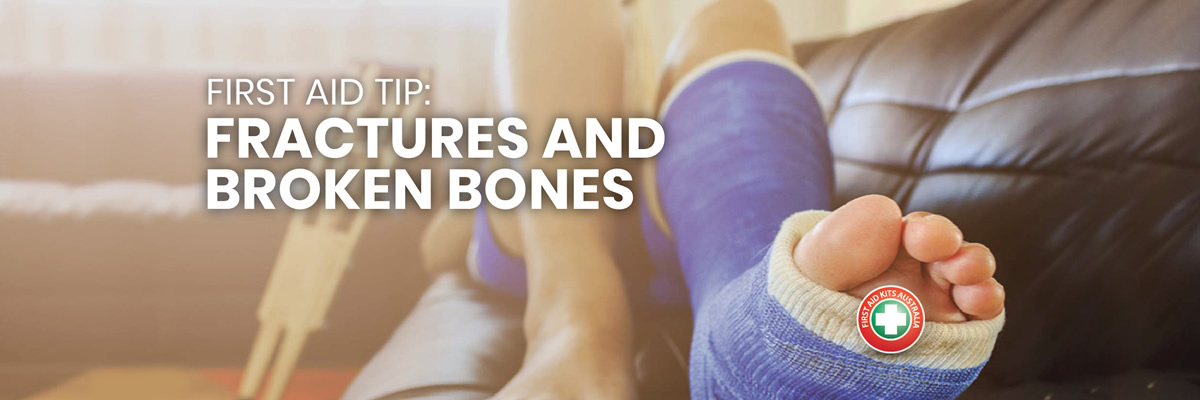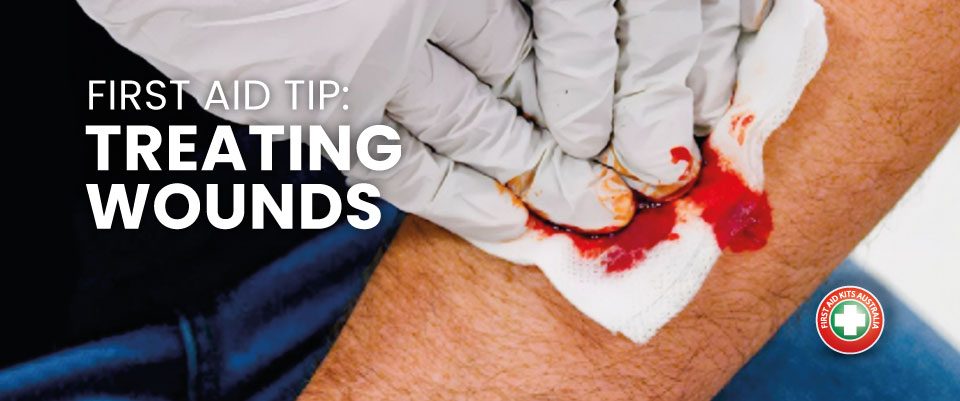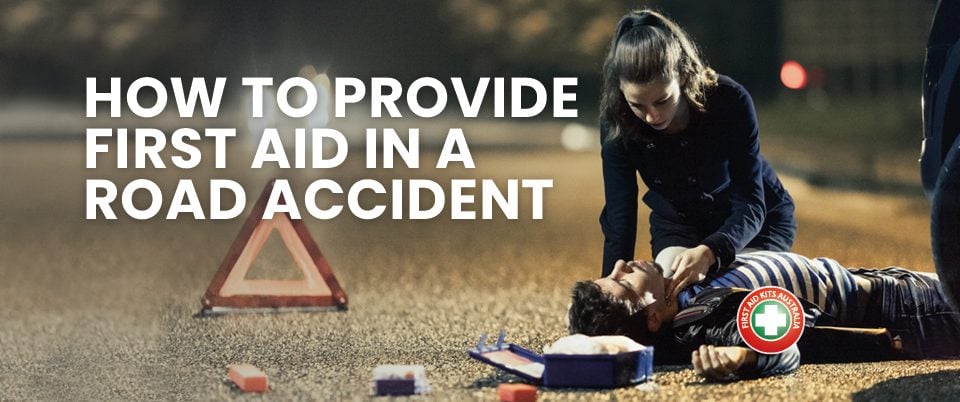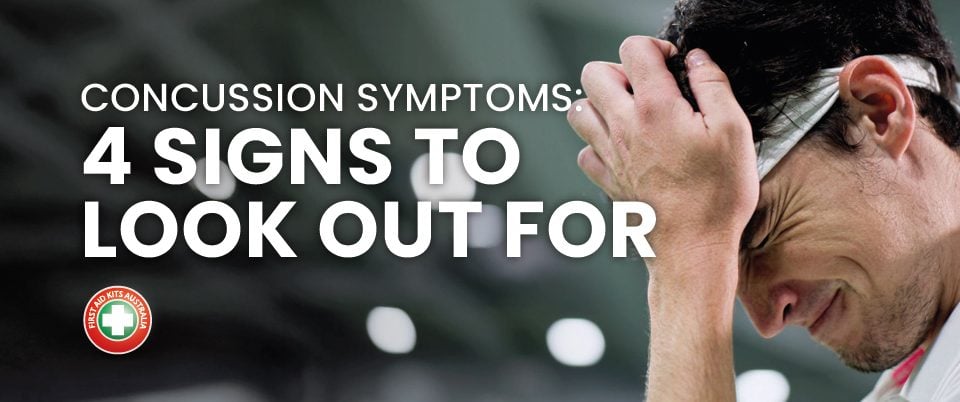
World Day for Safety & Health at Work
14 April 2021
EOFY Sale
14 May 2021Fractures or broken bones are caused when a strong impact against the bone causes a break or crack; such as a fall, a sport injury, an accident or violent trauma. The most common sites for bone fractures are the wrist, ankle and hip.
While they are not life threatening, it is important to attend them promptly to reduce pain, avoid infections and prevent long term consequences, such as a disability or deformities.
Fractures are categorised as Closed, Open and Complicated.
Closed Fractures occur with the bone does not break the skin. The area can be swollen and may be bleeding
Open Fractures are those where the bone has teared the skin and may be protruding through the skin
Complicated Fractures are those which causes injuries to other organs, vessels or nerves.
Symptoms and signs of broken bones
Fractures are different from other injuries to the skeleton such as dislocations and it can be hard to tell them apart. So, if in doubt, treat the injury as if it is a fracture.
These are the signs of a broken bone:
Pain, swelling and redness on the impacted area
Discolouration and bruising
Tenderness
Movement of limb difficult or impossible
Coarse grating sound if the bones are rubbing together
First Aid for Fractures
If you witness an accident resulting in a fracture, the most important thing is to prevent further damage and in this case it means to immobilise (limiting movement of) the affected area.
Follow these steps:
1.Follow DRSABCD
2. Control any bleeding and cover wounds by pressing firmly on the site with a clean dressing.
3. Assess the fracture and act accordingly:
Call 000 if:
– you suspect they’ve broken a bone in their head, neck, or back
– the fractured bone has pushed through their skin or is causing injuries to organs or nerves
– there is heavy bleeding
If the Fracture does not present an emergency, ask person to remain as still as possible and proceed to immobilize the injured area
4. Immobilise the limb by:
Bandaging above and below the fracture. Apply a firm broad bandage over the area of the fracture. Start at the toes or fingers and bandage all the way up the affected limb, past the joints to the top of the limb.
Note: if you don’t have a bandage, use other flexible materials, (tear a towel, clothes or sheets into strips).
Check for adequate circulation every 15 minutes
Appling a splint to support the limb. Items like wooden boards and folded magazines can work for some fractures.
Using a sling to support an arm or collarbone fracture
5. Raise the fractured area if possible and apply a cold pack to reduce swelling and pain
How to prevent fractures?
For elderly:
Go to regular medical check-ups to assess the risk factors of falls, especially if you suffer from osteoporosis or low BMI – this is especially necessary for women post-menopause, or aged 65 and above
Maintain physical activity, to strengthen foot muscles and improve the body balance
Undergo a yearly eye examination to assess the visual acuity, and update the visual measurements
Design a safe household environment to avoid falling by positioning furniture in a manner that allows for reasonable space. Good illumination throughout the house is another important factor to avoid stumbling.
For Children:
Play safely, and ensure safety of the playgrounds (falls while playing are a common cause of fractures in children)
Pay close attention on children while at home, and keeping an eye on them when ascending or descending the stairs, or in any other place where falls are possible
Exercise safely, by putting on such protective uniforms and tools as: helmets, knee and elbow pads, etc.
Keep a well stocked first aid kit at work, home and in the car. Visit https://firstaidkitsaustralia.com.au/





